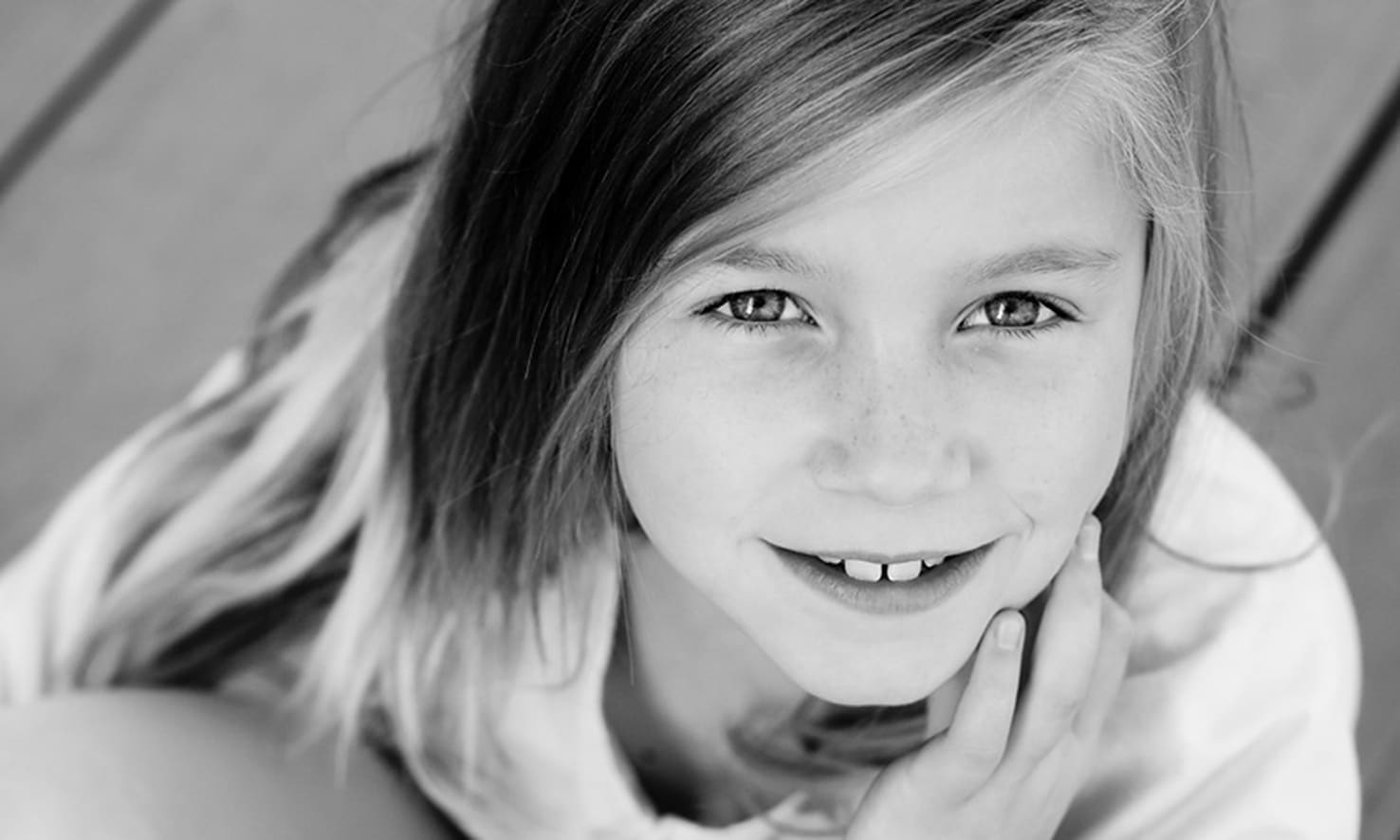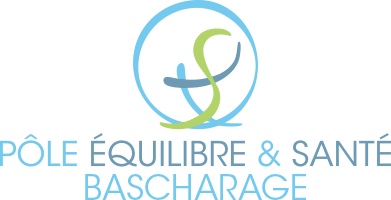Osteopathy for Children/Adolescents

Your child is not a smaller adult, but a being in his or her own right with specific needs. Indeed, his body is constantly changing (growth, weight variations, etc.) and he has to adapt to this.
Growth itself can be disruptive if it proceeds too quickly or in an uncontrolled manner, weakening the musculoskeletal structure. Trauma during an activity, a fall, poor posture at the office, carrying a schoolbag, thumb-sucking or wearing braces can all lead to dysfunction or pain over time. As a result, the child has to fight against these different stresses, expending a great deal of energy and creating a state of fatigue that is conducive to signs such as headaches, fatigue, muscular tension and sleep disorders.
The osteopath will check the integrity of the various musculoskeletal, visceral and vascular-nerve structures to ensure the child’s best possible growth and absence of pain. This is achieved through gentle, precise and appropriate osteopathic techniques. The practitioner also acts as an advisor to the child and his or her parents, informing them of the right attitudes to adopt and the healthy lifestyle to follow.
“Children and teenagers are always on the move and a lot of changes take place, so it’s necessary to monitor them during this period.”
As a general rule, children are constantly running, jumping, falling and getting up again. Osteopathic care throughout their development will help them to grow harmoniously and ensure that the body’s self-healing capacity is not exhausted. Osteopathy can prevent pain that should not exist in children and adolescents.
Here is a list of signs that may lead you to have your child consult an osteopath:
- Prevention: annual check-up, starting or practicing a sport regularly, first steps, preparing for a sports competition, wearing braces…
- Scoliosis, scoliotic attitude, child who can’t stand up straight…
- Backache, muscular and osteoarticular pain…
- Growth plate disorders (Osgood-Schlatter, Severs, Scheuermann…)
- Tendinitis (Achilles tendon, elbow, shoulder…), adductor pain and pubalgia (soccer)…
- Headaches, migraines, pain from braces…
- Abdominal pain, diarrhea, constipation, bloating, regurgitation…
- Difficulty concentrating, dyslexia, irritability, hyperactivity, stress…
- Sleep disorders
- Frequent crying, withdrawn child…
- IMC (Insuffisance Motrice et Cérébrale)
- Hypertonia or hypotonia, psychomotor disorders, delays…
- Certain functional hearing and vision disorders
- Enuresis or “bedwetting
- Wearing orthopedic insoles or heel pads
Osteopathic treatment does not in any way replace medical care by a pediatrician or other specialist. This is even more important for growing children. Playing a sport that is hard on the joints (judo, tennis, soccer, basketball, etc.) can lead to the development of growth plate pathologies, which can cause chronic pain and disablement, necessitating a complete cessation of activity.

